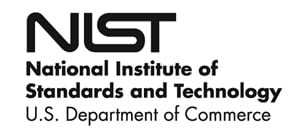RSS Feed Source: MIT Technology Review
Tech companies have been funneling billions of dollars into quantum computers for years. The hope is that they’ll be a game changer for fields as diverse as finance, drug discovery, and logistics.
Those expectations have been especially high in physics and chemistry, where the weird effects of quantum mechanics come into play. In theory, this is where quantum computers could have a huge advantage over conventional machines.
But while the field struggles with the realities of tricky quantum hardware, another challenger is making headway in some of these most promising use cases. AI is now being applied to fundamental physics, chemistry, and materials science in a way that suggests quantum computing’s purported home turf might not be so safe after all.
The scale and complexity of quantum systems that can be simulated using AI is advancing rapidly, says Giuseppe Carleo, a professor of computational
Click this link to continue reading the article on the source website.

